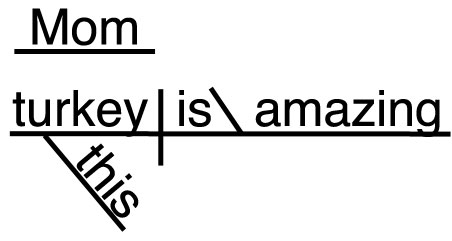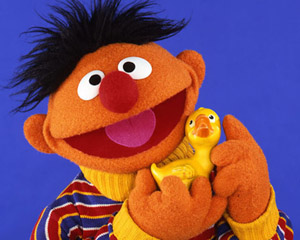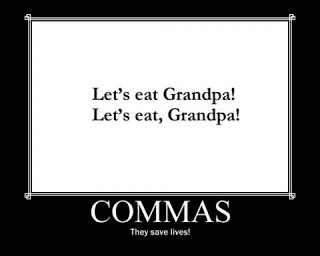Download your free grammar guide here.
Download your free grammar guide here.
What is direct address? (vocative case)
What is direct address?
(vocative case)
- Home
- Parts of Speech
- Nouns
- Direct Address
Nouns of direct address name the person or thing you are speaking or writing to. (You may also know these as nouns written in the vocative case.)
Mom, this turkey is amazing!
Caroline, we won the game.
Let's eat, Grandpa.
If the name noun of direct address sounds funny to you, take it apart and you'll see how it makes sense.
Nouns name people, places, things, or ideas, so it makes sense that people's names are nouns. Direct address means that you're directly addressing someone or something. When you address a letter, you put a person's name on it. Using one of these nouns is like addressing a sentence to someone or something.
Not the Subject
At first, you might think that these are the subjects of sentences. They usually come at the beginning of sentences, and they're nouns. Subjects often begin sentences, and they're often nouns.
However, these nouns will never be subjects.
Nouns of direct address, just like interjections, are not grammatically related to the rest of the sentence.
They are even diagrammed just as interjections are diagrammed. They sit on a line floating above the rest of the sentence. I'll show you some examples so that you can see for yourself.
Diagramming Nouns of Direct Address
Sentence diagrams are pictures of sentences.

Caroline, we won the game!
Diagram these nouns on lines floating above the rest of the sentence.

Mom, this turkey is amazing.
People, Places, Things, or Ideas
Nouns of direct address don't need to name people. They can also name places, things, or ideas.

Rubber duckie, you're the one.
You make bath time lots of fun.

- O Christmas tree, O Christmas tree,
how lovely are thy branches.
Commas

It's important to set these nouns apart from the rest of the sentence with commas.
Let's eat Grandpa!
Let's eat, Grandpa!
As you can see, these two sentences have very different meanings!
The comma before Grandpa in the second sentence lets us know that it's a noun of direct address.
Without the comma, Grandpa becomes the direct object of the verb eat. That's not good!
If the noun of direct address comes at the beginning of the sentence, put a comma after it.
Mom, this turkey is amazing!
If it comes at the end of the sentence, put a comma before it.
This turkey is amazing, Mom!
If it comes in the middle of the sentence, put commas around it.
This turkey, Mom, is amazing!
If you'd like to teach or learn grammar the easy way—with sentence diagrams—check out our Get Smart Grammar Program.
It starts from the very beginning and teaches you grammar and sentence diagramming in easy, bite-size lessons.
This is original content from https://www.english-grammar-revolution.com/direct-address.html

Hello! I'm Elizabeth O'Brien, and my goal is to get you jazzed about grammar.
Our Free Guide Gives You A Fun Way
To Teach And Learn The Basics v

Elizabeth O'Brien is the creator of Grammar Revolution.
Her lessons are guaranteed to give you more confidence in your communication skills and make you smile. :)

